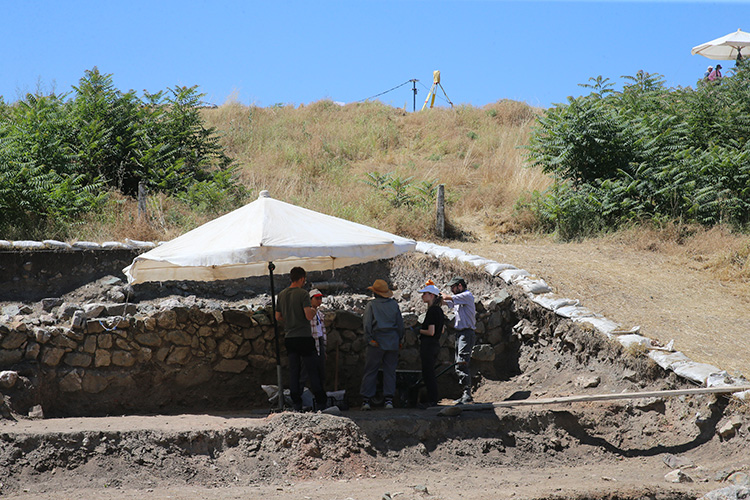
Excavations Resume at Komana: Sacred City of the Anatolian Goddess Ma
Archaeologists have resumed excavations at the ancient city of Komana in Tokat, northern Türkiye, a sacred site once dedicated to the powerful Anatolian goddess Ma. The 2025 season began in early July and will continue until August 15, led by Prof. Dr. Burcu Erciyas of the Middle East Technical University (METU), with the support of the Turkish Ministry of Culture and Tourism and TÜBİTAK.
This season’s investigations focus on two key areas of the multi-layered site: a monumental structure from the Seljuk period, possibly a mosque, and a Roman-era burned building that previously yielded military-related objects.
Seljuk-Era Monument and Clues to Early Islamic Komana
One of the most intriguing features under investigation is a large Seljuk-era building at the base of the mound. “We believe this could be a public religious structure—likely a mosque,” said Prof. Erciyas. “Its inscription is currently housed in the Tokat Museum. By studying this structure, we aim to better understand Komana’s role during the Islamic transition period.”
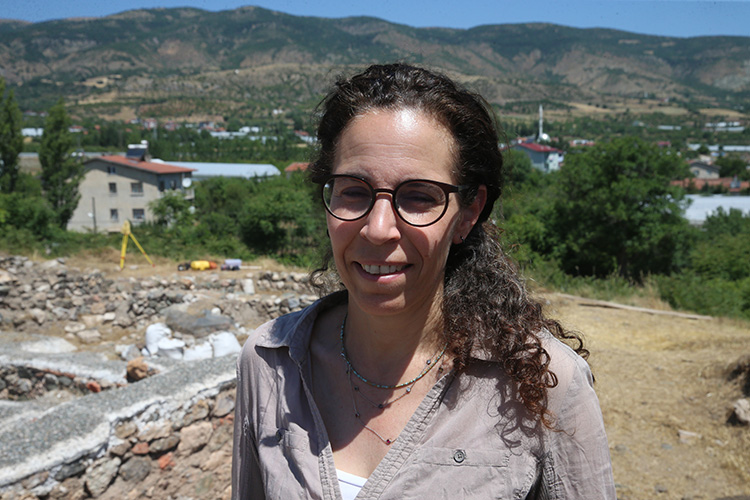
Roman Layers and Echoes of a Forgotten Fire
The second excavation area is located higher on the mound, where the team uncovered a burned Roman structure in previous seasons. Artifacts suggested the presence of a military unit. “This year, we are expanding our work to identify the function of the building and further explore the Roman phase of Komana,” Erciyas added.
Who Was Ma? The Indomitable Mother of Anatolia
Ancient Komana—known as Komana Pontika in classical sources—was once one of Anatolia’s most influential cult centers. Dedicated to the goddess Ma, the city was both a sanctuary and a vibrant trade hub. Festivals, rituals, and marketplace gatherings brought pilgrims and merchants from across the region.
Ma, whose name simply means “Mother,” was a local deity of immense power. Often associated with victory and divine protection, she bore epithets like “Invincible” and “Bringer of Triumph.” Her cult included ecstatic rituals and martial symbolism, aligning her with deities like Cybele and the Roman Bellona. While Cybele embodied fertility and wilderness, Ma combined these traits with fierce sovereignty.
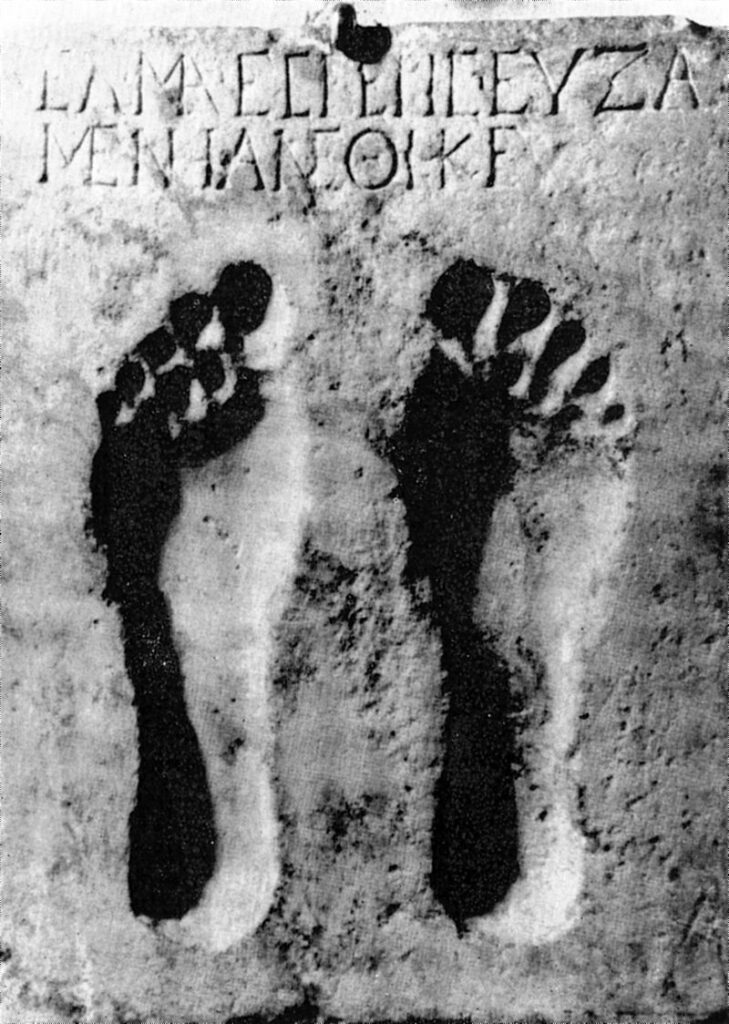
Reconstructing a Layered Urban History
The Komana Pontika Archaeological Research Project began in 2004 to locate and document the ancient city’s urban fabric. Following extensive surface surveys in the Gümenek-Hamamtepe area, the team launched full-scale excavations that continue to reveal Komana’s complex past—where sacred rites, military functions, and urban life intertwined over centuries.
As the 2025 season unfolds, archaeologists hope to uncover further traces of both the sacred and administrative functions that once defined this unique Anatolian city.
Cover Photo: General view of the ongoing 2025 excavations at the ancient sanctuary of Komana in Tokat, once dedicated to the Anatolian mother goddess Ma. Ekber Türkoğlu/AA
You may also like
- A 1700-year-old statue of Pan unearthed during the excavations at Polyeuktos in İstanbul
- The granary was found in the ancient city of Sebaste, founded by the first Roman emperor Augustus
- Donalar Kale Kapı Rock Tomb or Donalar Rock Tomb
- Theater emerges as works continue in ancient city of Perinthos
- Urartian King Argishti’s bronze shield revealed the name of an unknown country
- The religious center of Lycia, the ancient city of Letoon
- Who were the Luwians?
- A new study brings a fresh perspective on the Anatolian origin of the Indo-European languages
- Perhaps the oldest thermal treatment center in the world, which has been in continuous use for 2000 years -Basilica Therma Roman Bath or King’s Daughter-
- The largest synagogue of the ancient world, located in the ancient city of Sardis, is being restored

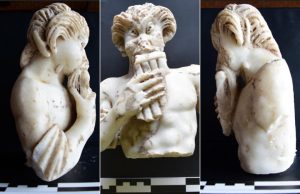
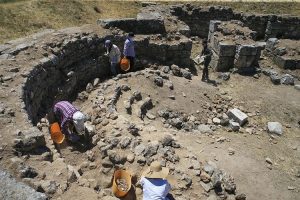
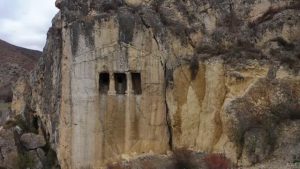
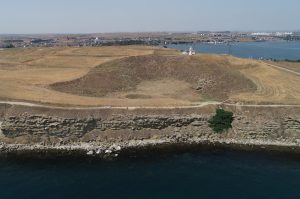
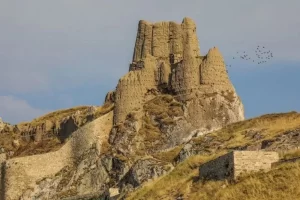
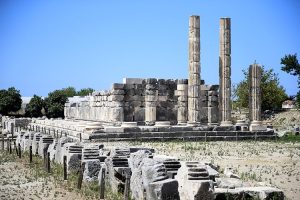
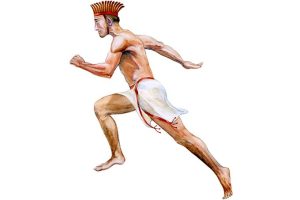

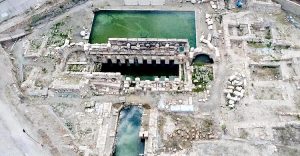
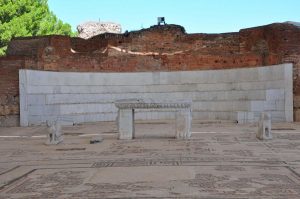
Leave a Reply